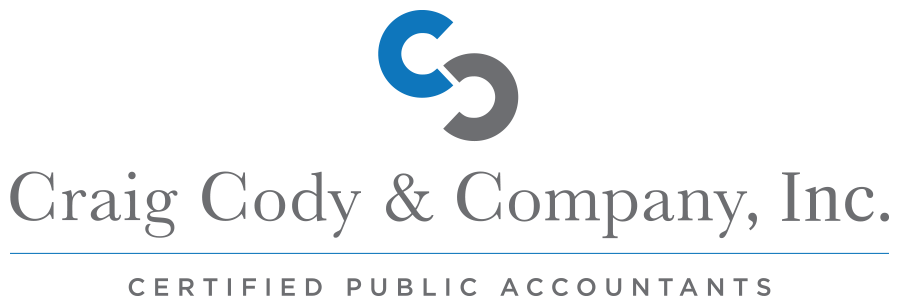Joe Nichols is the Director of Actuarial Services at DWC the 401k Experts, a third party administration and actuarial consulting firm that provides compliance work to over two thousand plans worldwide. Joe has been an actuary since 1988 and an enrolled actuary since 1996, with experience in all types of benefit plans from owner-only small businesses to international corporations.
When it comes to small business defined benefit plans, Nichols works with his clients to establish guidelines for every step of the process. For example, employers are able to make contributions until the end of the tax period, but Nichols recommends making routine contributions with the exception of deferrals. Deferrals generally need to be turned around as quickly as practical, and with 2-3 days to do so, having an effective plan in place allows companies to address them without any complications in the big picture.
Setup and Design
Your plan has to be set up in the current tax year, but the contribution does not have to go in until the filing deadline for the filing of the return. That is important to note because some people may have their corporate or personal taxes extended to October 15 with defined benefit contributions that are due September 15 of the following year.
There are a lot of challenges with designing a defined benefits plan, and when you move from a 401k to a defined benefits plan, a major hurdle for small business owners is that the contribution is required. Small businesses follow the same rules on that tax bill that large corporations have to follow, so when they set up a plan, Nichols has to determine what the required funding is.
In a 401k, the only funding is on an annual basis and if a company doesn’t meet the minimum funding, there is a 10% excise tax each year that they don’t make it up. But Nichols works with his clients to design a defined benefit plan with flexibility. This ensures that the business builds at least a one-year surplus of benefits so they can meet the minimum in lieu of any unexpected financial changes that may occur.
Individualizing the Plan
Risk tolerance is another term that is talked about a lot with investments, but there is risk tolerance involved with defined benefit plan design as well. Nichols mitigates most of the problems by working with his clients to build a depth of knowledge about their businesses on an individual basis. In doing so, Nichols can create a tailored plan that accounts for worst-case scenarios based on the company’s performance history and make sure that they are always looking into the future.
It is easier for Nichols to design a plan for his clients when they are asking the right questions during the design process. Dental practitioners have a fairly predictable stream of income and whether or not it is going to remain the same can have an effect on the plan. Other considerations should be if there are specific employees other than owners that you want to benefit, how the partners plan to divide the contributions, if there are employees that can be omitted, and if there are other businesses owned by the owners of the practice. These things can vary from state to state, but the most important question to answer is whether or not you are comfortable with required funding.
If you are considering moving from a 401k to a defined benefits plan, the best approach is to go directly to the source. Actuaries like Joe Nichols are the ones designing the plans and dealing with the minimum funding. Ideally, the plans will be in place at least 3-5 years and for Dentists, the plan is not covered by the Pension Benefit Guaranty Corporation, so there is less commitment if circumstances require that the plan be terminated.
Newsletter
Subscribe to our Newsletter! Join our mailing list to receive the latest news and updates from our team.

